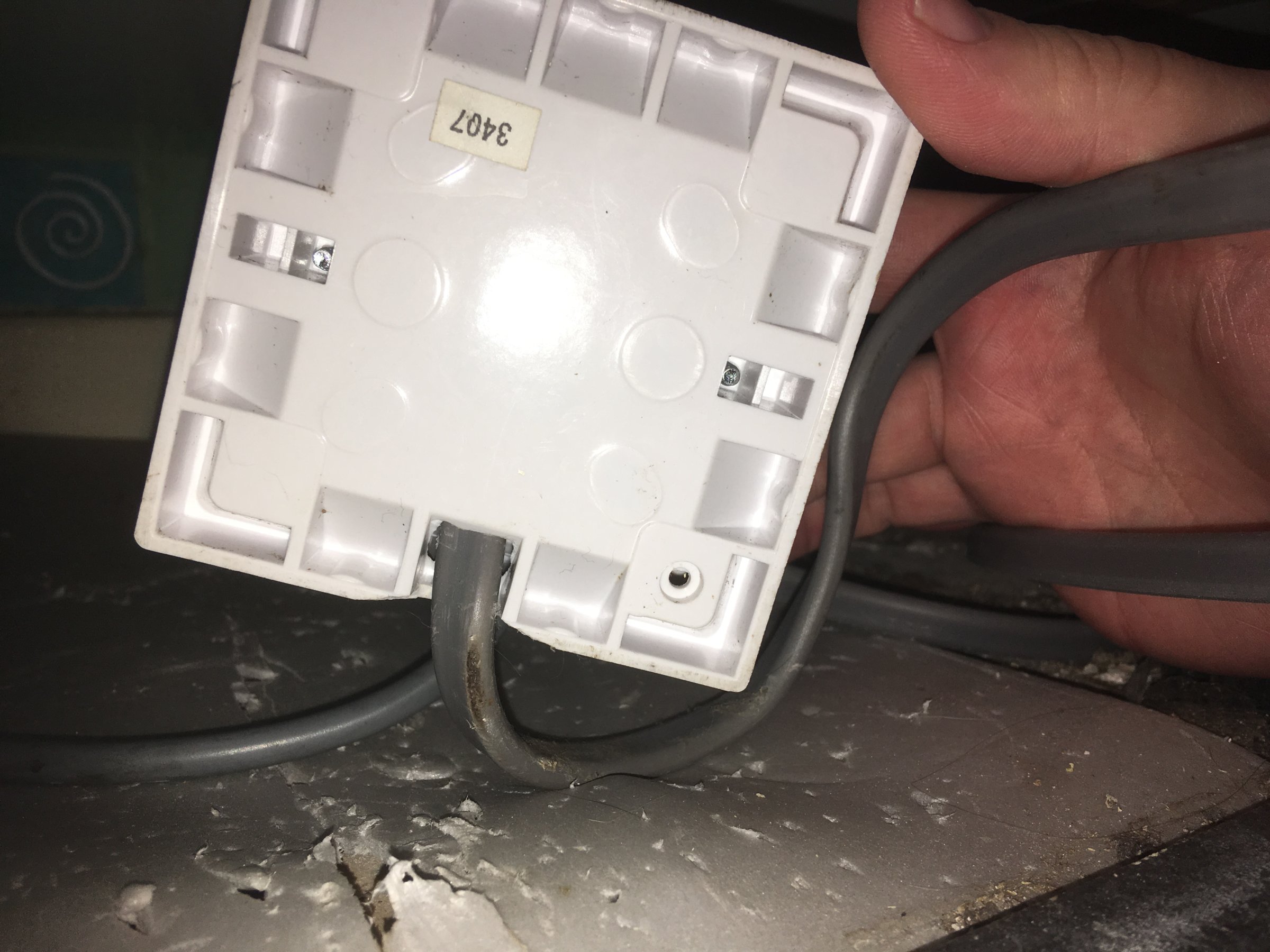Exactly - as I said, very silly.This is really silly. If a wire comes loose while you are pushing an accessory into a back box, it is because you didn't make the connection correctly, and you didn't give it a good tug, which should put way more 'strain' on the wire as a deliberate test. If you did do it properly then this is the last time it will be strained for a long time.
Quite so. It was BAS and plugwash who introduced this 'silliness', not me. I suspect that even they would agree that (returning to the context of what started all this) 'loose' T+E entering a back box (bearing a socket) lying loose under a kitchen unit does come within the scope of 526.6 (I would say rightly so, even though the connection would usually be very rarely stressed in that location) - and that's what matters to this thread - but all this talk about pushing accessories into back boxes is, as both of us have said, just plain silly.It must be evident that this is outside the scope of the quoted regulations. Sometimes people seem obsessed with trivia. The regulations book is not really a bible, just a best effort by a random group of self interested 'experts'. It really doesn't bear this detailed analysis.
I only pointed out (for the 'obsessive') that the regulation made no exception of the 'pushing into back box situation' since BAS appeared to be implying that the 'trailing pattress box without strain relief' would not contravene the regulation if pushing an accessory into a back box didn't - either that or his comment was (in context) just argumentative irrelevance!
Kind Regards, John



